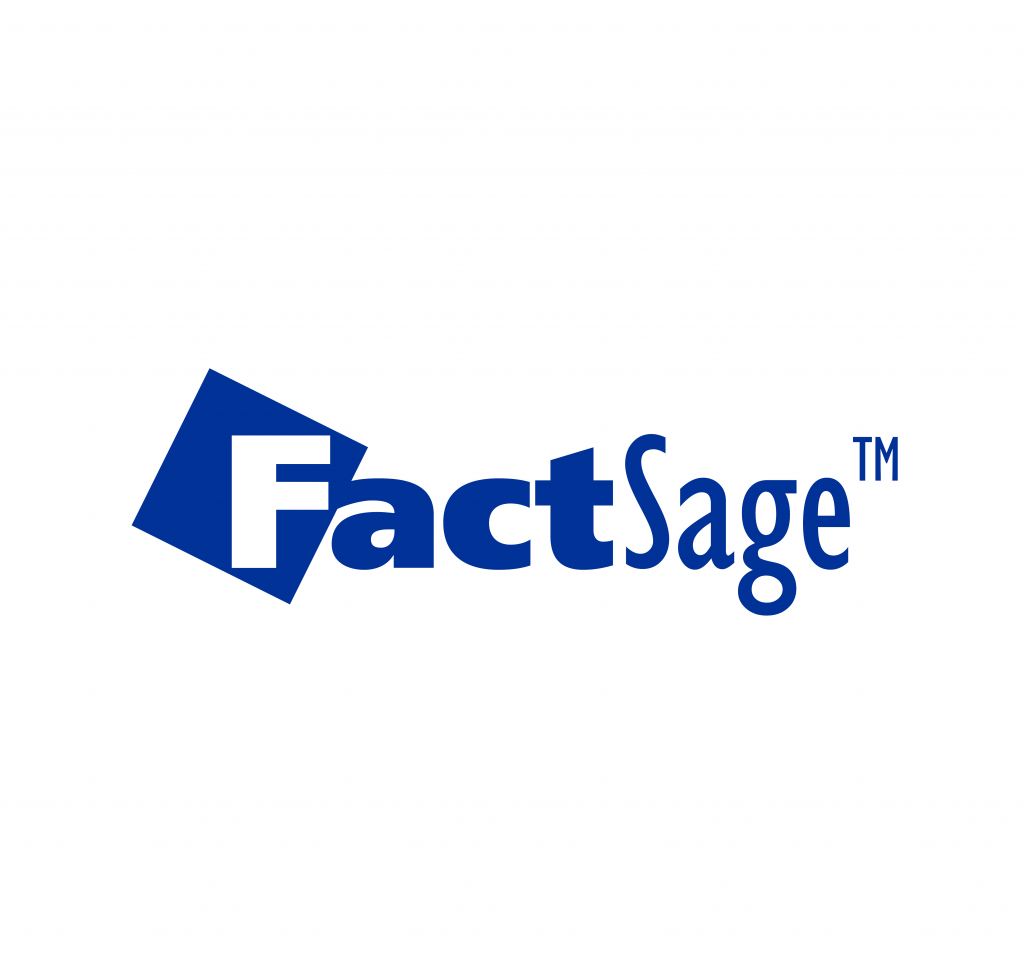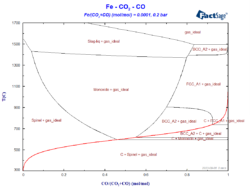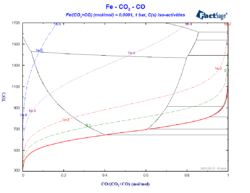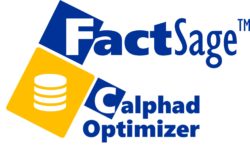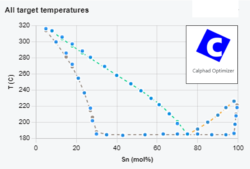FactSage 8.3 release
We are thrilled to announce the release of our latest FactSage update, version 8.3! Whether you’re a long-time user or just getting started, this update is designed to elevate your experience and open new doors of possibilities. Let us take a closer look at the exciting features and improvements this update brings, here are the […]
FactSage 8.3 release Read More »

